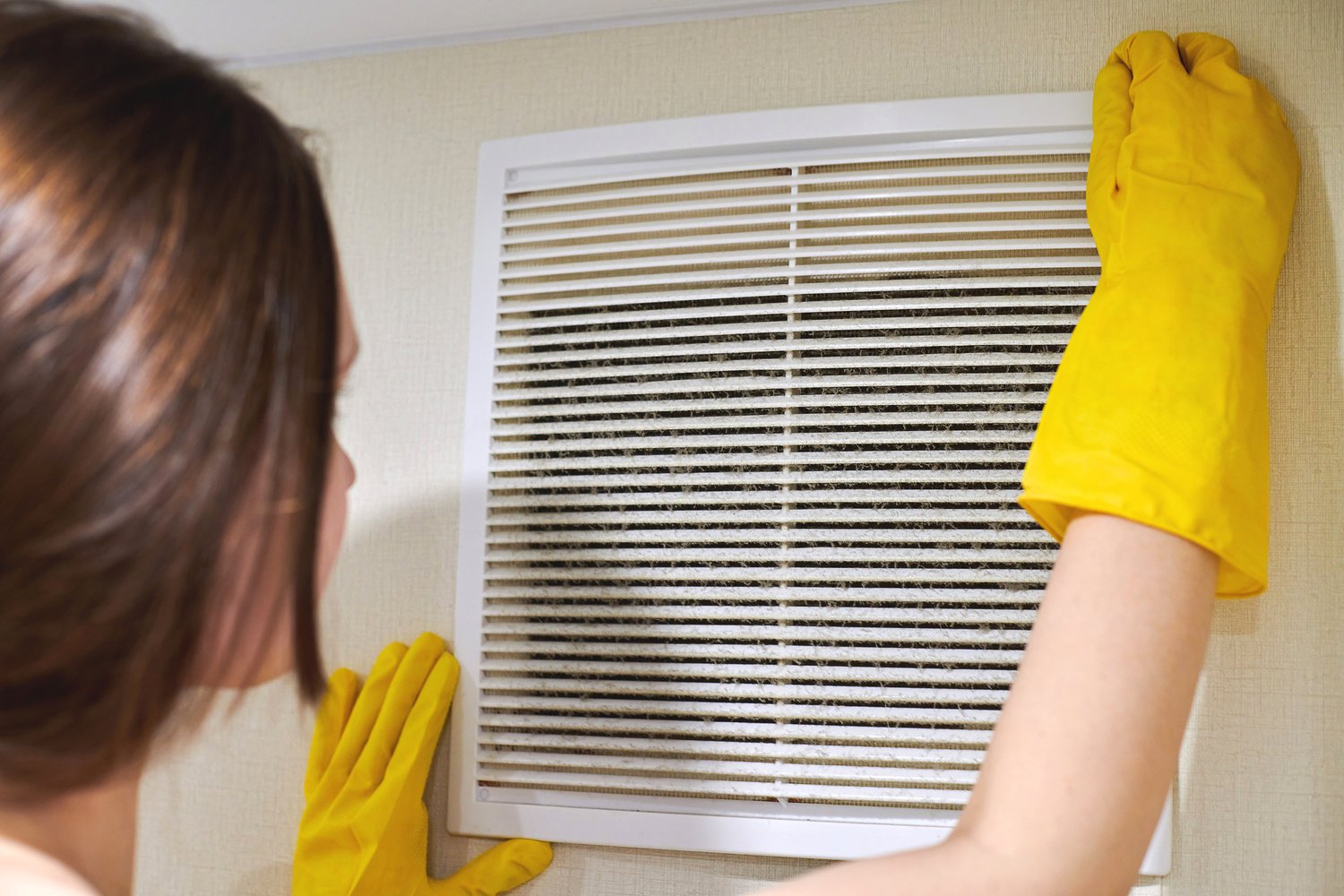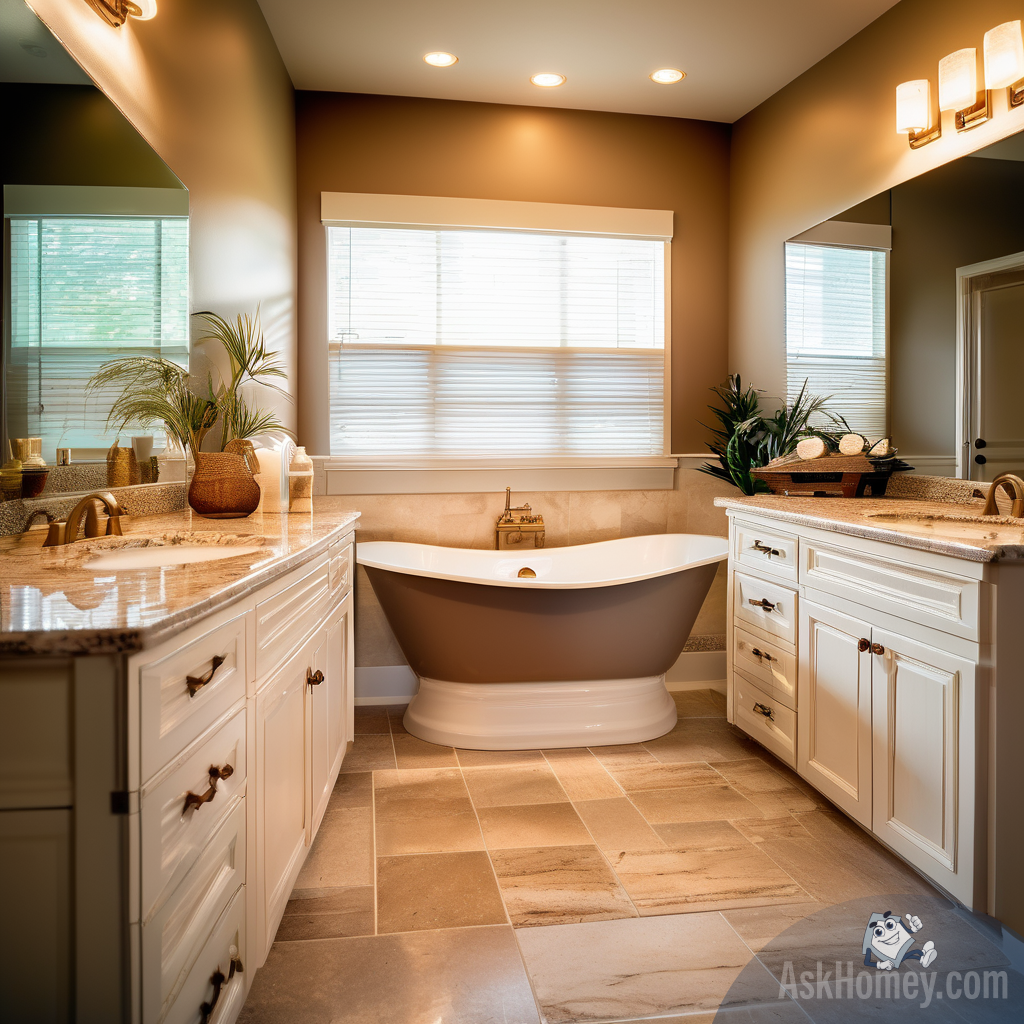When it comes to flooring options that offer both comfort and environmental benefits, cork is emerging as a popular choice among homeowners. This natural material provides a unique combination of softness underfoot and thermal insulation properties that many traditional flooring materials cannot match. In this article, we’ll explore the advantages and potential drawbacks of cork flooring, discuss its suitability for different areas of the home including kitchens and bathrooms, examine cost considerations, and review its performance based on homeowner experiences.
What Is Cork Flooring?
Cork flooring is derived from the bark of cork oak trees, primarily grown in Mediterranean regions like Portugal and Spain. What makes cork truly sustainable is that harvesting the bark doesn’t harm the tree—it simply regrows over time, making it a renewable resource. The harvested bark is processed into sheets or tiles, often with a protective finish, to create flooring that can last for decades when properly maintained. This sustainable flooring material has been used in European buildings for over a century but has gained popularity in North America as eco-conscious building practices become more mainstream.
The Comfort Factor: Why Cork Feels Different
One of the most celebrated attributes of cork flooring is its exceptional comfort. The cellular structure of cork contains millions of air-filled chambers that create a natural cushioning effect. This unique composition makes cork flooring notably softer than hardwood or tile, providing relief for your joints during long periods of standing. This natural springiness is particularly appreciated in kitchens, where many homeowners spend hours preparing meals. According to a multitude of cork flooring reviews, this comfort factor is often the deciding element for buyers choosing between cork and harder flooring options.
Environmental Benefits of Cork Flooring
As homeowners increasingly prioritize sustainable building materials, cork flooring stands out as an environmentally responsible choice. Beyond being harvested without harming trees, cork is biodegradable at the end of its lifecycle. The production process generates minimal waste, as even cork dust is collected and used in other products. Cork trees are also remarkable carbon sinks, absorbing CO2 throughout their long lifespans of up to 200 years. For those exploring unique options in sustainable flooring materials, cork represents one of the most environmentally sound choices available, as noted by environmental experts at AskHomey.
Insulation Properties: Energy Efficiency Benefits
Cork’s natural insulation properties extend beyond just feeling warm underfoot. Its cellular structure provides excellent thermal insulation, helping maintain room temperature and potentially reducing heating costs during colder months. Additionally, cork offers acoustic insulation, dampening sound transmission between floors—a valuable feature in multi-level homes. These insulation qualities make cork flooring a practical option that combines comfort with energy efficiency.
Potential Drawbacks to Consider
Despite its many advantages, cork flooring isn’t without limitations. Its softness, while comfortable, means it’s susceptible to denting from heavy furniture or dropped objects. Sharp objects can puncture the surface, requiring repairs. Water sensitivity is another consideration; while cork has natural water-resistant properties, excessive moisture can cause warping or deterioration over time. This makes proper sealing essential, especially when installing cork flooring in bathroom or kitchen environments where water exposure is common.
Cork Flooring in Kitchens and Bathrooms
Many homeowners wonder about cork flooring’s suitability for moisture-prone areas like kitchens and bathrooms. With proper installation and sealing, cork can work well in kitchens, offering comfort during food preparation and resilience against dropped items. For bathrooms, opinions in cork flooring reviews are more divided. While properly sealed cork can resist occasional water exposure, constant humidity and potential standing water make it a riskier choice than ceramic tile. Those committed to using cork in bathrooms should invest in high-quality sealing products and maintain them diligently to protect the flooring.
Cost Considerations
The cost of cork flooring typically ranges from $3 to $12 per square foot, depending on quality, thickness, and finish options. Installation adds approximately $3 to $5 per square foot if professionally done. While this places cork in a mid-to-high price bracket compared to some other flooring types, many homeowners find the investment worthwhile when considering the comfort, longevity, and environmental benefits. The total cost for an average kitchen installation might range from $1,200 to $3,000, making it comparable to mid-range hardwood but generally more expensive than laminate or vinyl options.
Maintaining Cork Floors for Longevity
Proper maintenance is crucial for preserving cork flooring’s appearance and function. Regular sweeping and occasional damp mopping with a mild cleaner are typically sufficient for day-to-day care. Reapplying sealant every few years helps protect against moisture and wear, especially in high-traffic areas. Felt pads under furniture legs can prevent denting, while area rugs in heavily used spaces can extend the floor’s lifespan. With appropriate care, cork flooring can maintain its unique appearance and performance for 20-25 years or more.
For more tips and to connect with reliable home service professionals, follow AskHomey on Facebook and Instagram.



